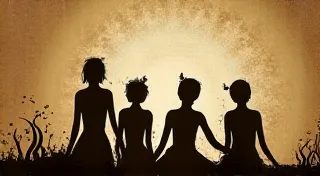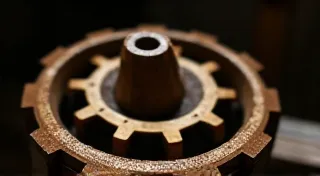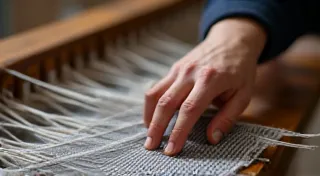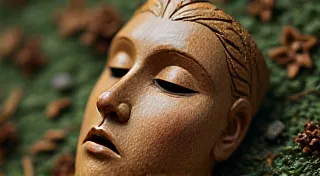Whispers Across Generations: Oral Transmission and the Fragility of Play
The dust motes danced in the afternoon light, illuminating the bellows of an antique accordion. It wasn’t a concert accordion, sleek and modern, but a simpler, folk instrument, likely crafted in a small village workshop generations ago. The wood was worn smooth, the keys yellowed with age, and a faint scent of wood polish and something indescribably “old” clung to the air. As I traced the intricate carvings with my finger, I thought about the hands that had held it before me – hands calloused from fieldwork, softened by childcare, and steady from countless hours of playing the very games it likely accompanied.
This wasn’t just an instrument; it was a time capsule, a tangible link to a lineage of play, a vessel for oral tradition. And, increasingly, a poignant reminder of something profoundly fragile: the transmission of traditional games.
The Soundtrack of Childhood: Games and Oral Tradition
Imagine a world without screens. A world where entertainment wasn’s delivered on demand, but was woven into the fabric of daily life. This was the reality for countless generations, and traditional games were the soundtrack to their childhoods. These weren’t standardized, rule-book affairs; they were fluid, adaptable, evolving through repeated play and passed down primarily through oral tradition. A child learned to play *Kubb* (a Scandinavian throwing game) not by reading a manual, but by watching their elder cousins, picking up the rules through observation and playful imitation. The variations, the local quirks, the little “secret” moves – these were the precious details, the markers of belonging to a specific community.
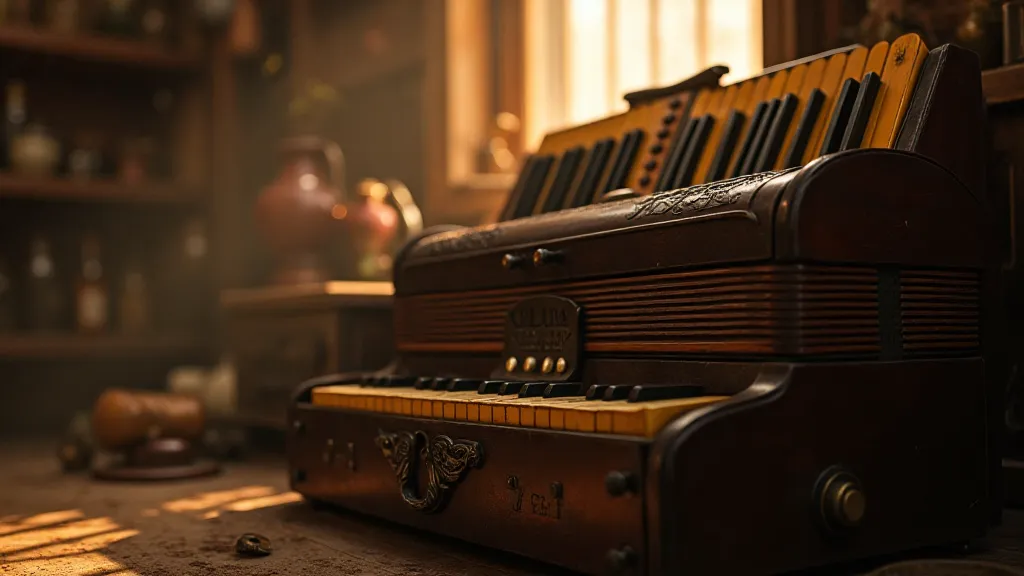
Consider the *Mangkok* of Brunei, a game resembling bocce or bowls, steeped in ritual and local storytelling. The rules are less important than the social interaction, the banter, and the sharing of tales that accompany each throw. Or the *Seisao* of the Philippines, a complex jumping game with intricate chants and rhythmic movements, passed down within families and communities. Each game was a miniature culture, a microcosm of the values and beliefs of its origin. The rules weren't simply learned; they were absorbed, embedded within the cultural understanding of the child.
Why Oral Tradition Matters (and Why It's Endangered)
The power of oral transmission lies in its adaptability. Unlike written rules, games passed down this way can evolve organically, reflecting the changing landscape of the community. New rules can be incorporated, local customs can be integrated, and the game can remain relevant and engaging for successive generations. This fluidity is also a source of its vulnerability.
The rise of mass media, the standardization of education, and the increasing pace of globalization have all contributed to the decline of oral tradition. Children are increasingly exposed to digital entertainment, often at the expense of traditional activities. The pressure to conform to global trends leaves little room for regional variations. The elders, the traditional custodians of these games, are often unable to pass on their knowledge to younger generations who have other priorities.
The effect is heartbreaking. It’s not just the loss of a game; it’s the loss of a cultural touchstone. It’s the severing of a link to the past, a weakening of community bonds, and a loss of valuable knowledge about local history, customs, and craftsmanship. The disappearance of games is often linked to the decline of traditional crafts. Think about the skilled woodworkers who crafted the accordions that provided the music for countless games - without the demand for these instruments, their skills and their livelihoods disappear too.
Craftsmanship and Connection: The Accordion as a Parallel Story
The accordion itself offers a powerful parallel. The finest examples weren’t mass-produced; they were crafted by individuals, often within family workshops. Each instrument was a reflection of the maker’s skill and artistry, using locally sourced materials and passed down through generations. The meticulous process of construction – the shaping of the wood, the tuning of the reeds, the precise alignment of the keys – required not only technical expertise but also a deep understanding of the instrument's role within the community. The sound it produced was unique, shaped by the materials and the maker’s touch. Just as oral tradition shaped the rules of games, craftsmanship shaped the instruments that accompanied them.
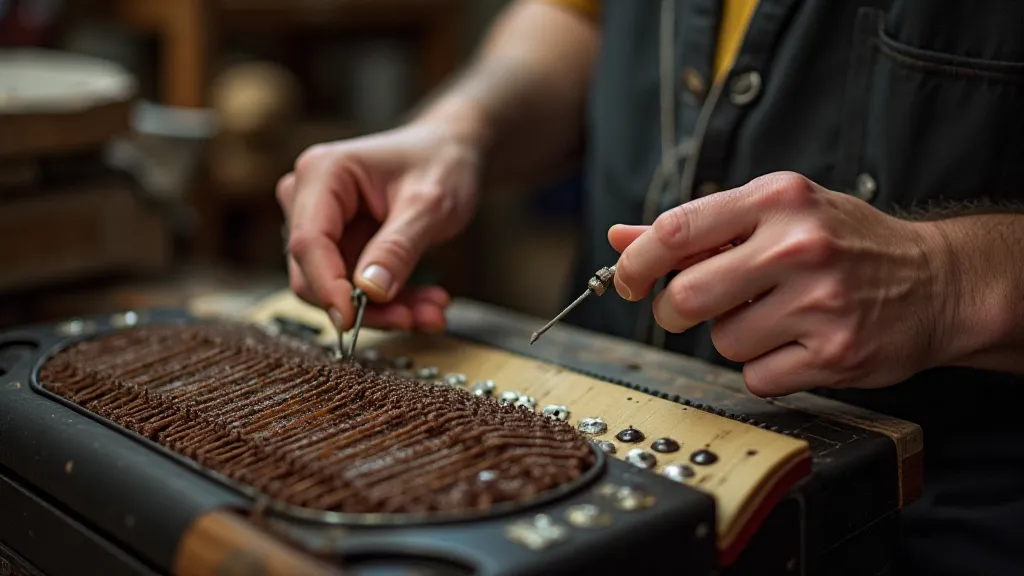
Consider the challenges faced by accordion makers today. The demand for hand-crafted instruments has dwindled, forcing many workshops to close. The skills are disappearing, the knowledge is being lost. The story of the accordion mirrors the story of the games themselves: a poignant reminder of the fragility of cultural heritage.
Strengthening the Lineage: What Can Be Done?
The situation isn’t hopeless. There are ways to strengthen the lineage of traditional games and ensure their survival. Firstly, documentation is crucial. Recording games being played by elders, collecting oral histories, and compiling rule variations can create a valuable resource for future generations. Community initiatives are key – organizing game days, incorporating traditional games into school curricula, and creating platforms for younger generations to learn from elders. Perhaps most importantly, we need to foster a renewed appreciation for the value of play, a recognition that traditional games are not simply frivolous entertainment, but are vital components of cultural identity and community cohesion.
Supporting local artisans is equally important. By purchasing hand-crafted instruments like accordions, we can help sustain traditional skills and create a demand for locally made products. This isn’t just about preserving an object; it’s about preserving a way of life.
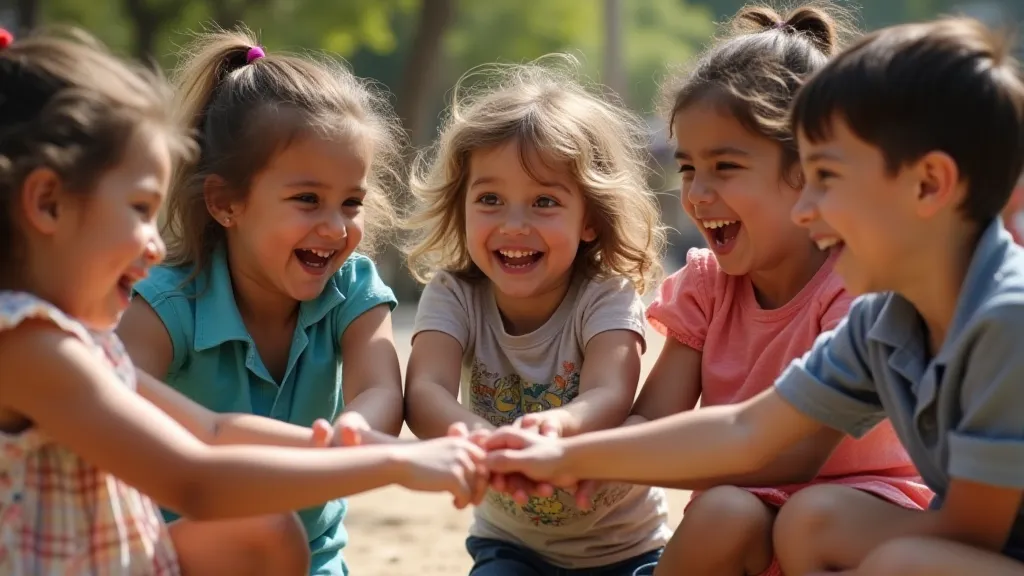
The whispers across generations are fading, but they haven’t been silenced. By actively engaging with our cultural heritage, by supporting local artisans, and by nurturing a love for play, we can help ensure that these traditions continue to resonate for generations to come. The accordion's gentle sigh, the children's laughter – these are the sounds of a culture worth preserving. Let us work to amplify them, before they are lost forever.
